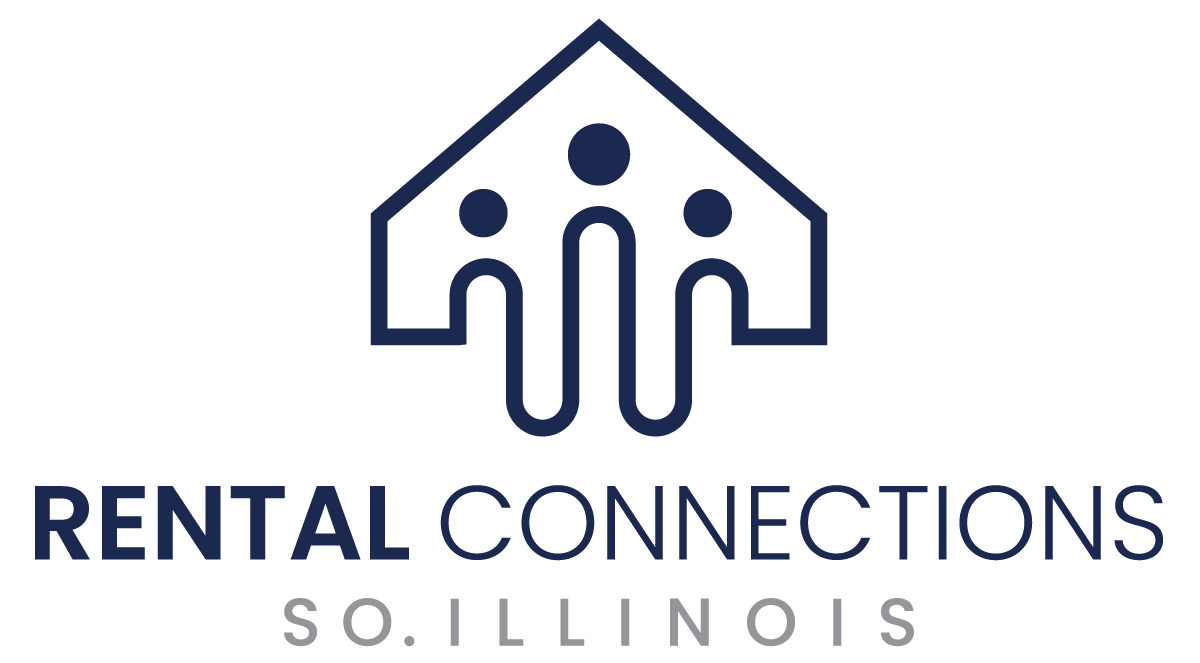TOP 10 THINGS RENTERS SHOULD DO BEFORE MOVING
Megan Webb - Thursday, April 7, 2016
-
CREATE A BUDGET- Look at your current monthly expenses and create a monthly budget to determine what you can afford for rent. It is usually recommended that you have a minimum of 3 times more income than the rental rate per month. But this doesn’t take into account debt repayment, entertainment, utilities and groceries. Be honest with yourself about what you can comfortably pay. Nothing is worse than being house poor especially in a house that you don’t own.
GET A FREE COPY OF YOUR CREDIT REPORT and review for errors. There are a few sites online where you can get a free credit report. Knowing what your credit looks like can help you. Be up front and honest if there are past issues and explain what you are doing to resolve any errors.
REVIEW YOUR CURRENT LEASE to find out what kind of notice you need to give to your current landlord and exactly when. Some leases auto renew if you don’t give notice 30 or 60 days out, others will continue month to month after the date has passed. Read your lease.
BE HONEST ABOUT PETS. Landlords want to know what kind and how many because they are a liability. Bad pet owners have spoiled it for the responsible owners. Let the landlord or manager meet your pet or at least have pictures. Expect to pay either extra rent or a pet deposit.
FILL OUT THE APPLICATION HONESTLY and give good references from past landlords or work references..not friends or family members.
MEET THE LANDLORD or manager in person at some point to avoid scams. Never wire money to a landlord on a property sight unseen..that’s how they get you! If a property description, price and terms sound too good to be true, they probably are.
GET RENTER’S INSURANCE to cover your personal items. The landlord’s insurance only covers the building, not your furniture, clothes, and keepsakes which are very expensive to replace all at once in case of a fire, flood or other disaster.
REVIEW THE LEASE before you sign. Each landlord has their own lease and it’s very important to know what’s in the lease and be prepared to follow the rules. Ask for a copy of the lease so that you can take your time reading and understand what it says.
COMPLETE THE MOVE-IN CHECK LIST and take a video of the property with your smart phone of any damage and return to the manager or landlord. At the end of your lease return the property in exactly the way you found it, clean and ready for the next tenant. Any disputes about condition may be able to be solved with the video or move-in list.
SET UP AUTOMATIC WITHDRAWAL from your checking account so you won’t pay late fees. Most property management companies offer this service or you can set up your online banking to send a payment each month. Either way, you won’t have to think about when the rent is due just be sure to have the money in your account to cover the payment.





